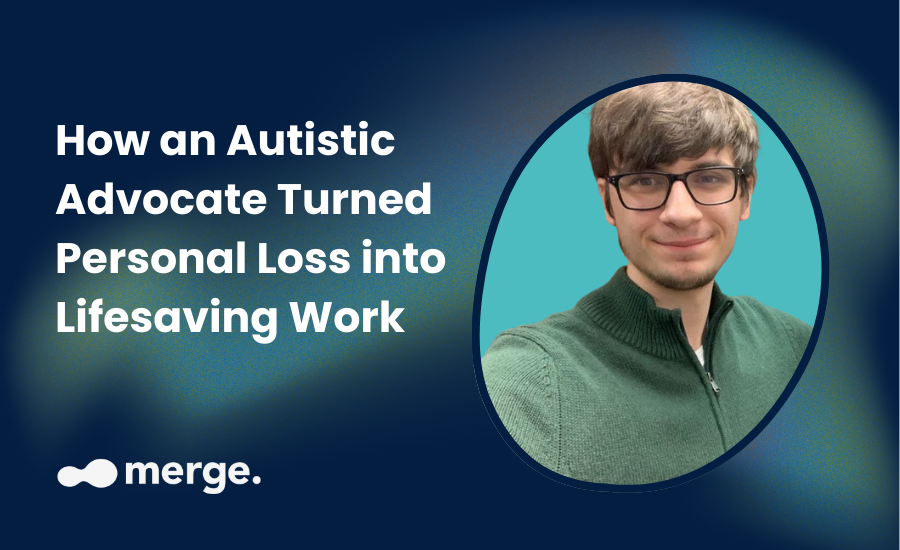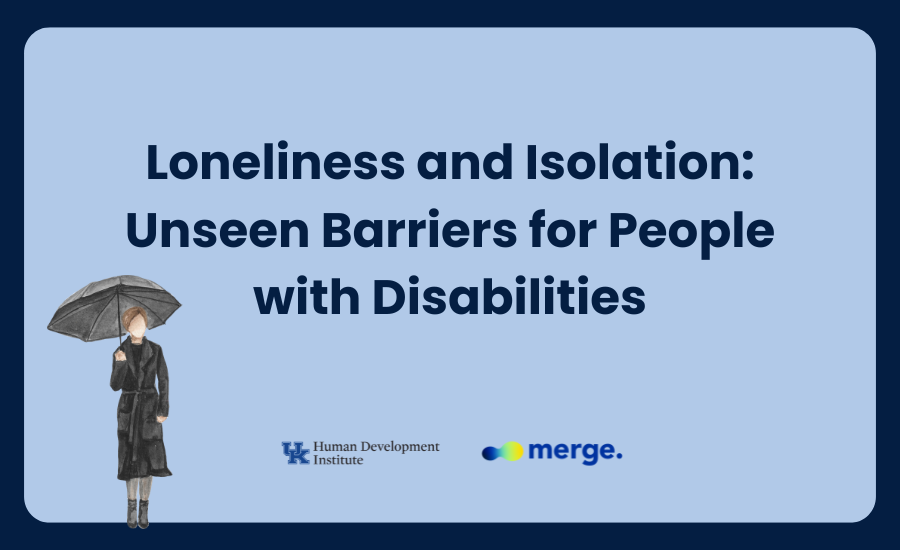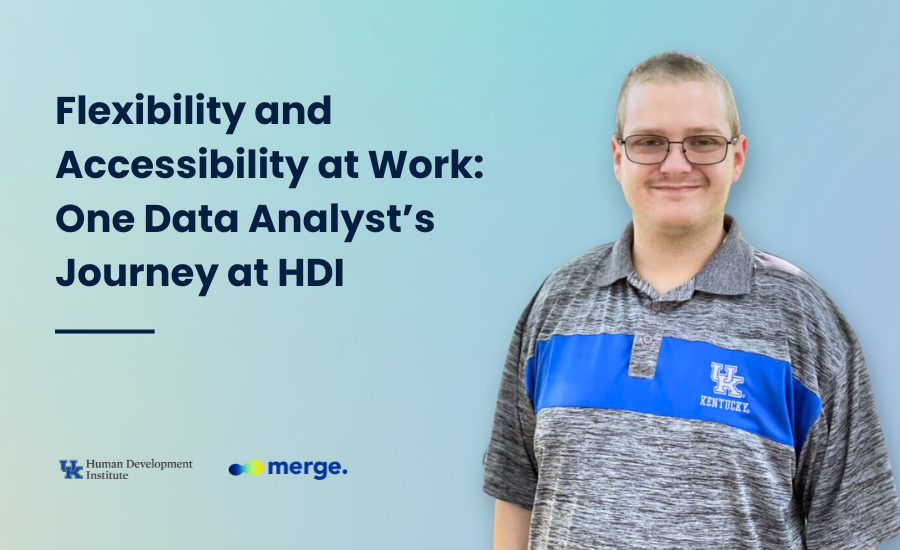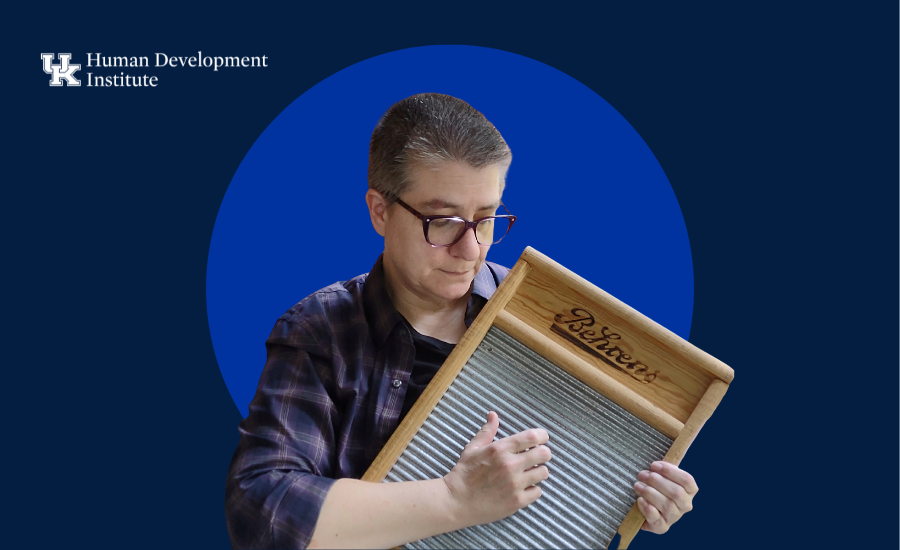Tag: Merge News
-

How an Autistic Advocate Turned Personal Loss into Lifesaving Work
Caleb Rader was 13 when his cousin died by suicide. He remembers the funeral vividly—and the decision it sparked in him. “There was wailing, people were fainting,” he said. “That […]
-

From Dungeons & Dragons to Romance: Writing, Identity, and the Power of Representation in Disability and Mental Health
“I think the first stuff I ever really wrote were backgrounds for my D&D character when I was in high school,” Jaz Brown said. As a fellow pen and paper […]
-

Loneliness and Isolation: Unseen Barriers for People with Disabilities
Just like anyone else, people with disabilities experience mental health conditions like anxiety and depression, as well as feelings of loneliness and isolation. Merge, an HDI project focused on mental […]
-

Flexibility and Accessibility at Work: One Data Analyst’s Journey at HDI
As we move past October’s Disability Employment Awareness Month, meet Jacob Mason, a data analyst at the Human Development Institute HDI whose experience shows how an inclusive, flexible workplace boosts […]
-

“All people offer perspective that is valuable to the rest of the world.” HDI Staff Erin Fitzgerald speaks on their experience with Neurodiversity and mental health
The following article discusses suicide, which some readers may find distressing. Erin Fitzgerald could always see the signs that she was different growing up – the tools to recognize how […]